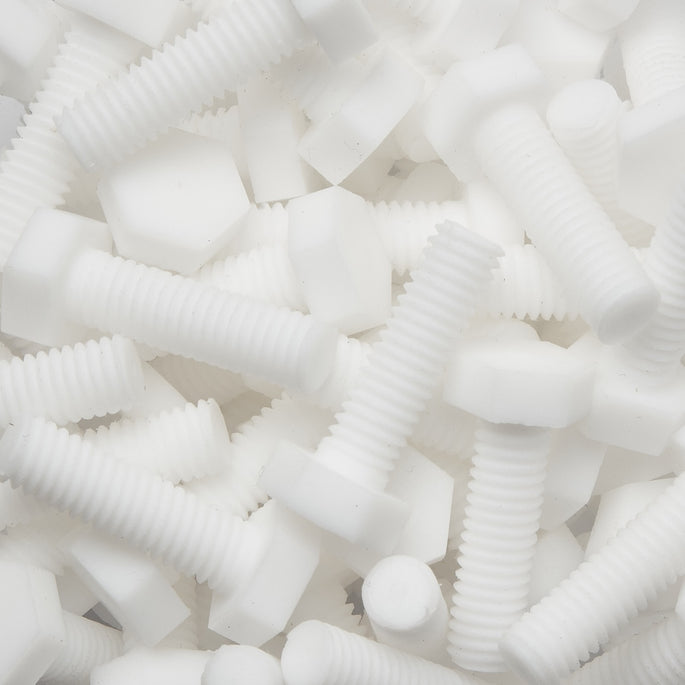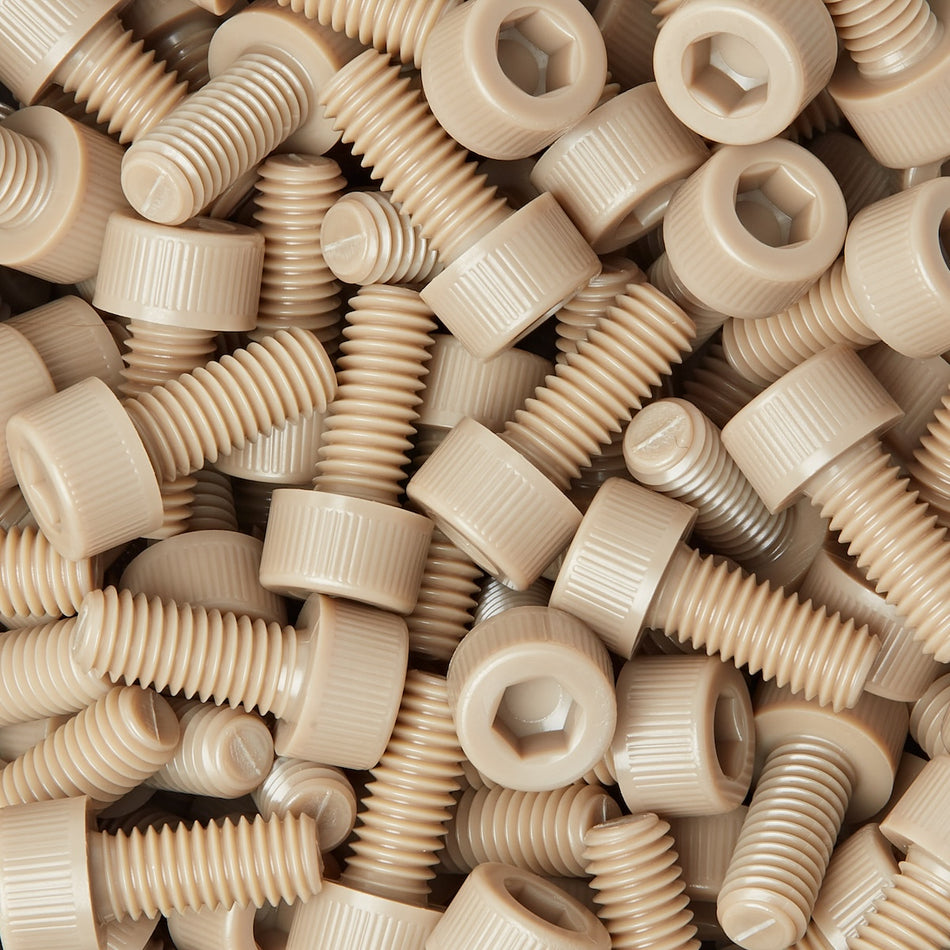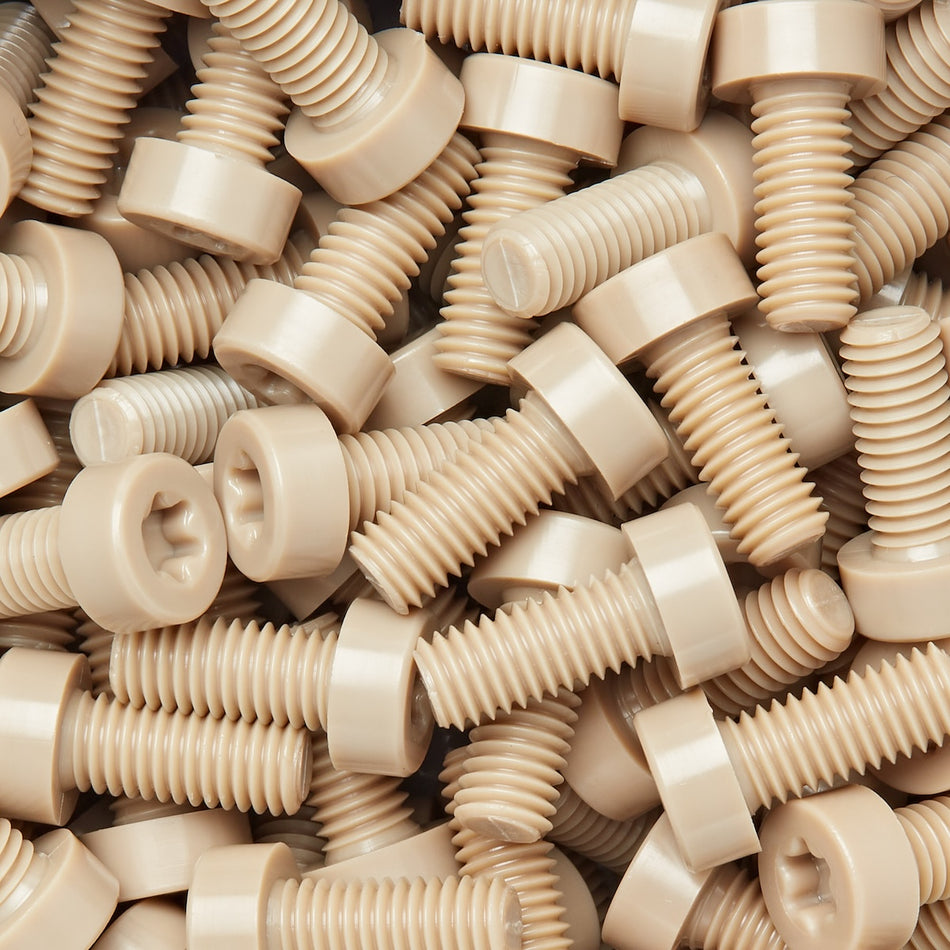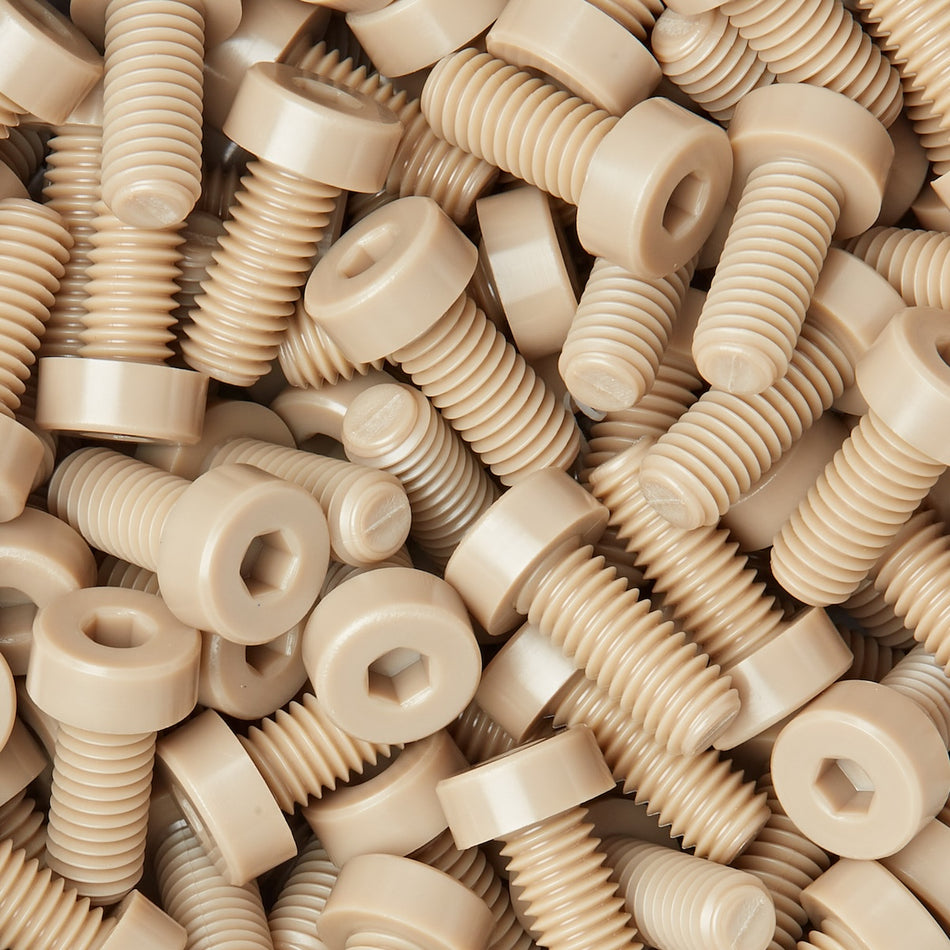107 Products

Why Are Low Outgassing Fasteners Necessary?

Low outgassing polymers

Typical applications for low outgassing polymer fasteners

What makes these polymers low outgassing?

What are the key advantages of using a low outgassing polymer fasteners?

Are there other benefits to low outgassing polymers?
Low outgassing screws, nuts, bolts, washers, and fasteners are fasteners that are made from materials that have a low rate of outgassing, or the release of gases into the surrounding environment. They are used in a variety of applications where outgassing is a concern, such as in the aerospace and defence industries, or in environments where vacuum conditions are present.
Outgassing can be a concern in certain applications because the release of gases into the environment can affect the performance of equipment or the surrounding environment. For example, in the aerospace industry, outgassing can cause contamination of optical systems or interfere with the performance of sensors, and in vacuum environments, outgassing can cause the pressure to increase, which can affect the performance of equipment or processes.
There are a variety of materials that can be used to make low outgassing screws, nuts, bolts, washers, and fasteners, including stainless steel, titanium, and certain types of plastic or polymer. These materials are chosen for their low outgassing properties, which means that they have a low rate of releasing gases into the environment.
Low outgassing screws, nuts, bolts, washers, and fasteners may be used in a variety of applications where outgassing is a concern, such as in the construction of aerospace and defense equipment or in the assembly of electronic components. They may also be used in the manufacture of electrical insulation materials or in the installation of electrical systems.
Low outgassing screws, nuts, bolts, washers, and fasteners are often chosen for their low outgassing properties, as well as their other beneficial properties, such as corrosion resistance and good mechanical properties. They can help to improve the performance and reliability of equipment and systems in environments where outgassing is a concern, and they can help to prevent contamination or interference caused by the release of gases.
Overall, low outgassing screws, nuts, bolts, washers, and fasteners are an important component in many applications where outgassing is a concern, and they are chosen for their low outgassing properties, which help to ensure the performance and reliability of equipment and systems in environments where outgassing is a concern.
































